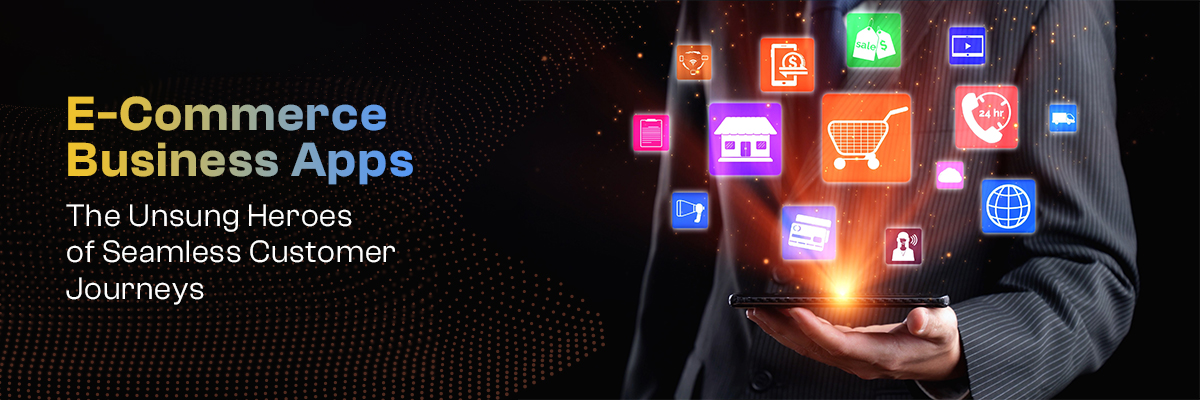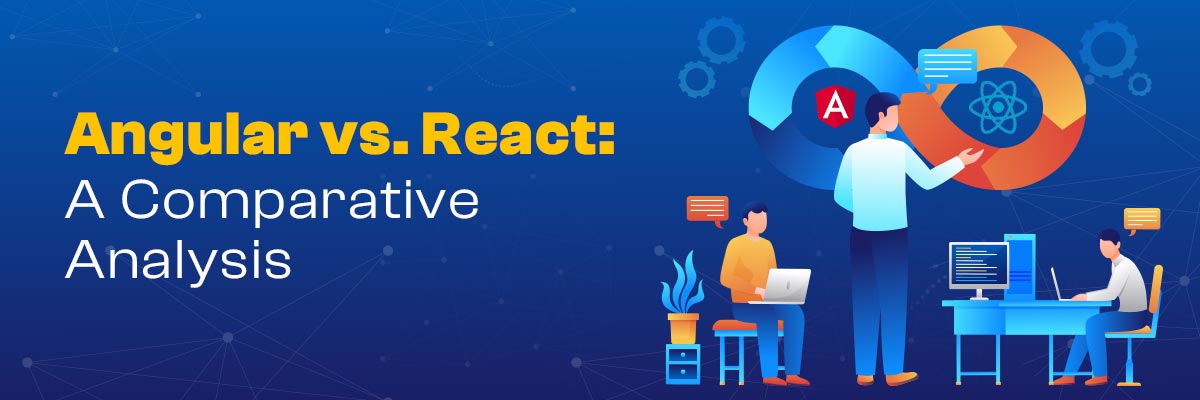E-commerce business apps are the backbone of seamless online shopping experiences. They streamline inventory management, personalize customer interactions, and ensure smooth transactions. Yet, many businesses overlook their impact, focusing instead on website design, marketing, and product selection.
The problem? Without the right business apps, companies struggle with inventory mismatches, abandoned carts due to payment issues, and inefficient customer support, leading to lost sales and dissatisfied customers.
Let’s explore how these powerful yet often overlooked tools create seamless customer journeys and drive success in the highly competitive e-commerce ecosystem.
How Business Application Plays a Role in E-Commerce Today
Success in modern e-commerce goes beyond having great products—it requires delivering smooth customer experiences across multiple channels and devices, where business apps play an important role.
These apps are important in all the business-critical functions, which include inventory management, personalized marketing, payment processing, and so on. It creates an invisible background, powering a great shopping experience.
Why Business Apps Are Important for Successful E-Commerce
Instant Inventory and Order Management
Contemporary customers expect up-to-the-minute stock statuses and prompt delivery. Business apps seamlessly connect warehouse, online, and marketplace inventories to:
- Provide real-time visibility into product availability
- Automatically direct orders to the nearest fulfillment center.
- Minimize over-selling and stock-outs.
In addition, the integration of inventory management apps with platforms like Shopify and BigCommerce keeps data accurate and orders flowing smoothly.
Individualized Customer Experiences
All e-commerce apps collect very valuable data about every customer’s browsing behavior, purchase history, and inclinations. From such data, the businesses can:
- Send targeted product recommendations.
- Automatically trigger timely promotions and reminders
- Provide personalized loyalty rewards programs.
Apps like Klaviyo use this data to create highly hyper-personalized email and SMS marketing campaigns for engagement and conversion.
Seamless Payment Transactions
A complicated checkout process can undermine even the best-designed shopping experience. Payment gateway apps ensure that:
- There are multiple options for payments (such as credit cards, digital wallets, BNPL, etc.)
- Returning customers are offered one-click checkouts.
- Transactions are secure and PCI-compliant.
Apps such as Stripe and PayPal offer both security and convenience, thus essentially preventing cart abandonment.
Omni Channel Integration
Today’s consumers browse across multiple platforms, from websites and mobile apps to social media and marketplaces like Amazon and Etsy. Business applications, therefore, allow:
- Centralization of inventory, order, and customer data.
- Consistent product information over channels.
- Unified analytical performance empowered across channels.
Apps like ChannelAdvisor help businesses maintain omnichannel harmony, reducing friction for customers and improving operational efficiency
Data-driven Decision Making
In e-commerce, Data are everything. BI applications help convert raw data into actionable insights for:
- Sales trends and product performance.
- Tracking customer lifetime value (CLV).
- Campaign performance analysis across all channels.
Google Analytics 4 and Power BI empower e-commerce leaders with real-time dashboards to enable them to fine-tune strategies and respond to swift changes in the market.
Customer Support Enabling Automation Programs
Customer support is a key post-purchase touchpoint that plays a crucial role in building long-term loyalty. E-commerce support apps enable:
- Answers to commonly asked questions through automation.
- Ticketing that flows seamlessly across email, live chat, and social media.
- Proactive assistance via order status updates and delivery alerts.
Gorgias, Zendesk, and other similar platforms empower brands to give fast and personalized support, enhancing customer satisfaction.
Security and Compliance: Safeguard Customers’ Trust
E-commerce businesses handle sensitive customer data, including payment details and order histories, making security a top priority. Business applications secure and absorb the data within the bounds of regulatory acts, including:
- End-to-end encryption.
- Detection of fraud in real-time.
- Adherence to GDPR, CCPA, and PCI-DSS.
Applications such as Sift leverage machine learning for identifying and preventing fraudulent transactions, but they also help customers and businesses.
Future Proofing E-Commerce with Business Apps
Aspects transforming the world of e-commerce today include:
- Personalization through AI.
- Augmented reality shopping experiences.
- Voice commerce trends are gaining momentum.
Business apps are evolving rapidly, incorporating AI, predictive analytics, and seamless integrations to maximize innovation. Growing customer expectations are also raising the bar for agile, scalable, and intelligent app ecosystems.
Conclusion
E-commerce business applications are often underestimated. Indeed, this is not true; all activities, from inventory to personal marketing, payments, to customer services, take care of the whole journey of customers.
Companies adopting the correct application ecosystem for business will design seamless experiences for loyalty and repeat business. Those who don’t risk losing ground in an increasingly competitive market.
Looking to optimize your e-commerce technology stack? Reach out to Jet2 Travel Technology for expert recommendations on business apps tailored to your integration and management needs. Find out how Jet2TT enables e-commerce success.



